Adrian G. Dyer
Spatial Monitoring and Insect Behavioural Analysis Using Computer Vision for Precision Pollination
May 10, 2022

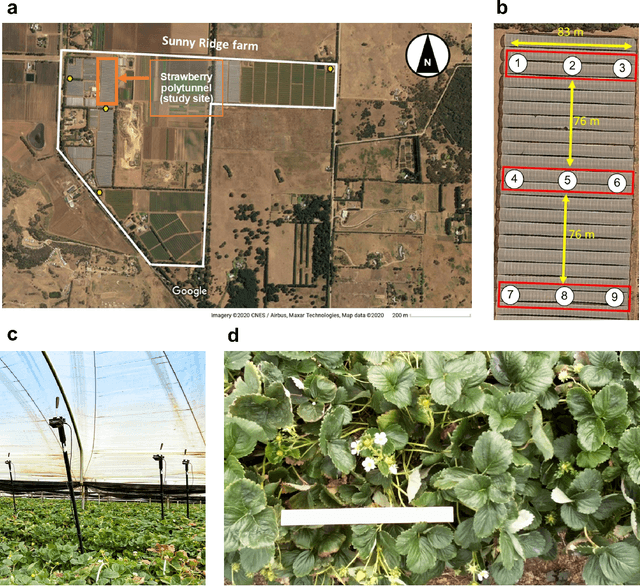
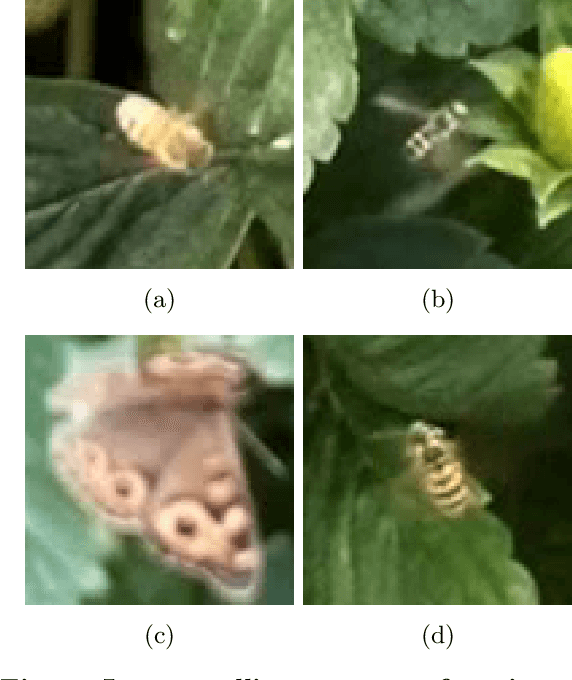
Abstract:Insects are the most important global pollinator of crops and play a key role in maintaining the sustainability of natural ecosystems. Insect pollination monitoring and management are therefore essential for improving crop production and food security. Computer vision facilitated pollinator monitoring can intensify data collection over what is feasible using manual approaches. The new data it generates may provide a detailed understanding of insect distributions and facilitate fine-grained analysis sufficient to predict their pollination efficacy and underpin precision pollination. Current computer vision facilitated insect tracking in complex outdoor environments is restricted in spatial coverage and often constrained to a single insect species. This limits its relevance to agriculture. Therefore, in this article we introduce a novel system to facilitate markerless data capture for insect counting, insect motion tracking, behaviour analysis and pollination prediction across large agricultural areas. Our system is comprised of Edge Computing multi-point video recording, offline automated multi-species insect counting, tracking and behavioural analysis. We implement and test our system on a commercial berry farm to demonstrate its capabilities. Our system successfully tracked four insect varieties, at nine monitoring stations within a poly-tunnel, obtaining an F-score above 0.8 for each variety. The system enabled calculation of key metrics to assess the relative pollination impact of each insect variety. With this technological advancement, detailed, ongoing data collection for precision pollination becomes achievable. This is important to inform growers and apiarists managing crop pollination, as it allows data-driven decisions to be made to improve food production and food security.
Saliency Preservation in Low-Resolution Grayscale Images
Mar 27, 2018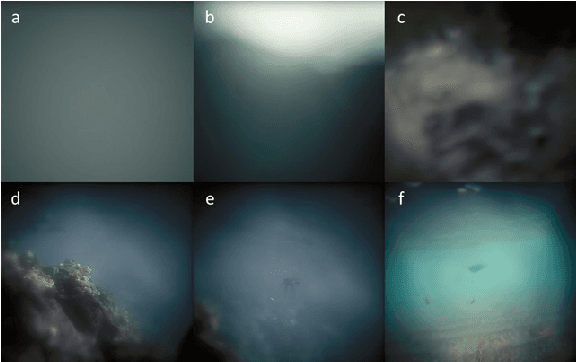
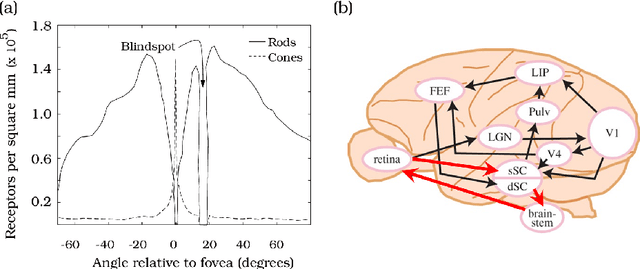
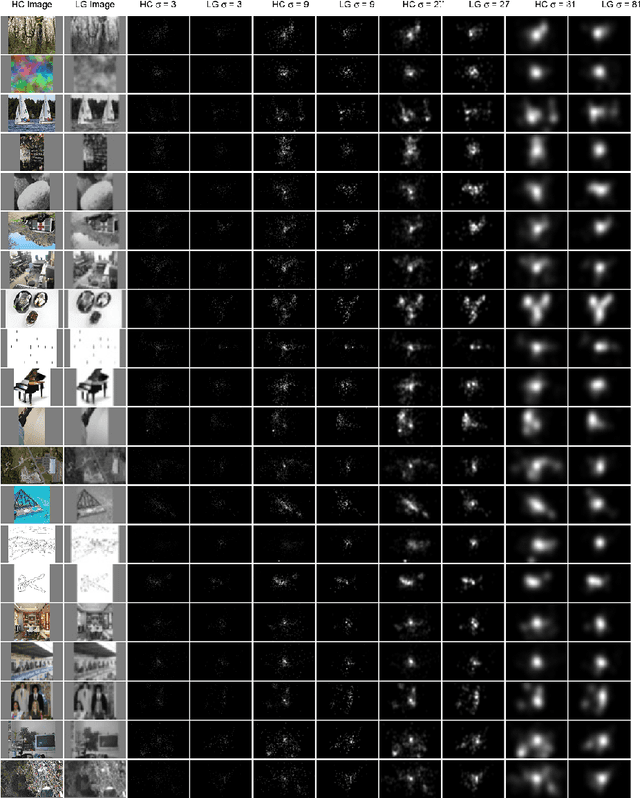

Abstract:Visual salience detection originated over 500 million years ago and is one of nature's most efficient mechanisms. In contrast, many state-of-the-art computational saliency models are complex and inefficient. Most saliency models process high-resolution color (HC) images; however, insights into the evolutionary origins of visual salience detection suggest that achromatic low-resolution vision is essential to its speed and efficiency. Previous studies showed that low-resolution color and high-resolution grayscale images preserve saliency information. However, to our knowledge, no one has investigated whether saliency is preserved in low-resolution grayscale (LG) images. In this study, we explain the biological and computational motivation for LG, and show, through a range of human eye-tracking and computational modeling experiments, that saliency information is preserved in LG images. Moreover, we show that using LG images leads to significant speedups in model training and detection times and conclude by proposing LG images for fast and efficient salience detection.
 Add to Chrome
Add to Chrome Add to Firefox
Add to Firefox Add to Edge
Add to Edge